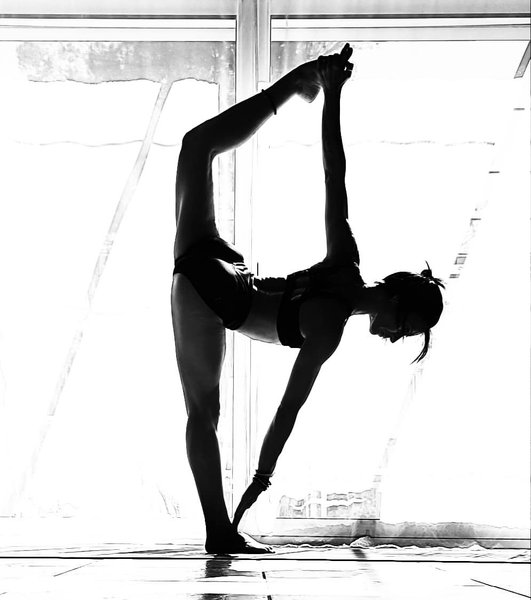Sublime
An inspiration engine for ideas
The Yoga Mind: 52 Essential Principles of Yoga Philosophy to Deepen Your Practice
amazon.com


This book is about how to cultivate a yoga practice, what constitutes a yoga practice, how to recognize and work with the different stages on the path, and how to keep the tradition of yoga a living tradition through committed practice and critical engagement. On a heart level, this book is about the cultivation of patience, honesty, nonviolence,
... See moreMichael Stone • The Inner Tradition of Yoga: A Guide to Yoga Philosophy for the Contemporary Practitioner
It is dangerous for a yoga student to think that she can do any pose to any depth if she tries harder, and the risk of injury is made worse when the teacher believes the same thing. Our bones are as unique as anything else in our body. Depending upon their shape, structure and orientation, we will be more or less able to move as others do.
Bernie Clark • Your Body, Your Yoga: Learn Alignment Cues That Are Skillful, Safe, and Best Suited To You
But especially when you are off-kilter, you must practice carefully and with a sense of surrender, of not knowing, and of starting over again and again. When approached in this way, the practice will often smooth out imbalances, especially if you practice “all day every day.”
Mary Taylor • The Art of Vinyasa: Awakening Body and Mind through the Practice of Ashtanga Yoga
Tai Chi Qigong: The Internal Foundation of Tai Chi Chuan (YMAA Tai Chi Book 1)
amazon.com
